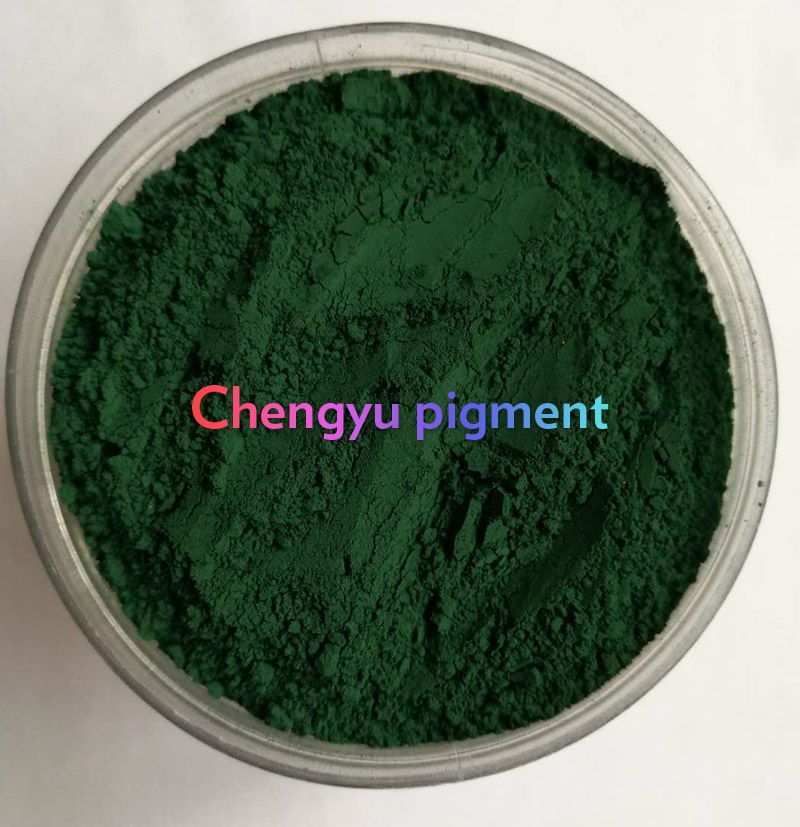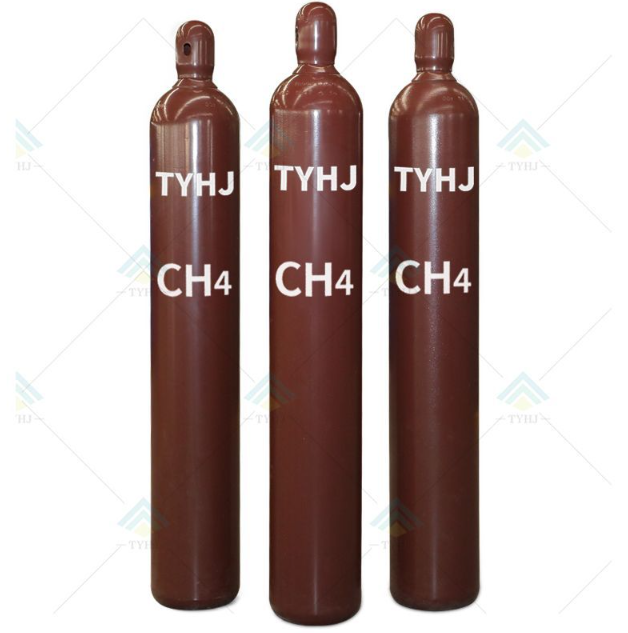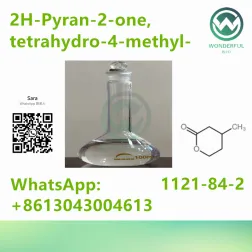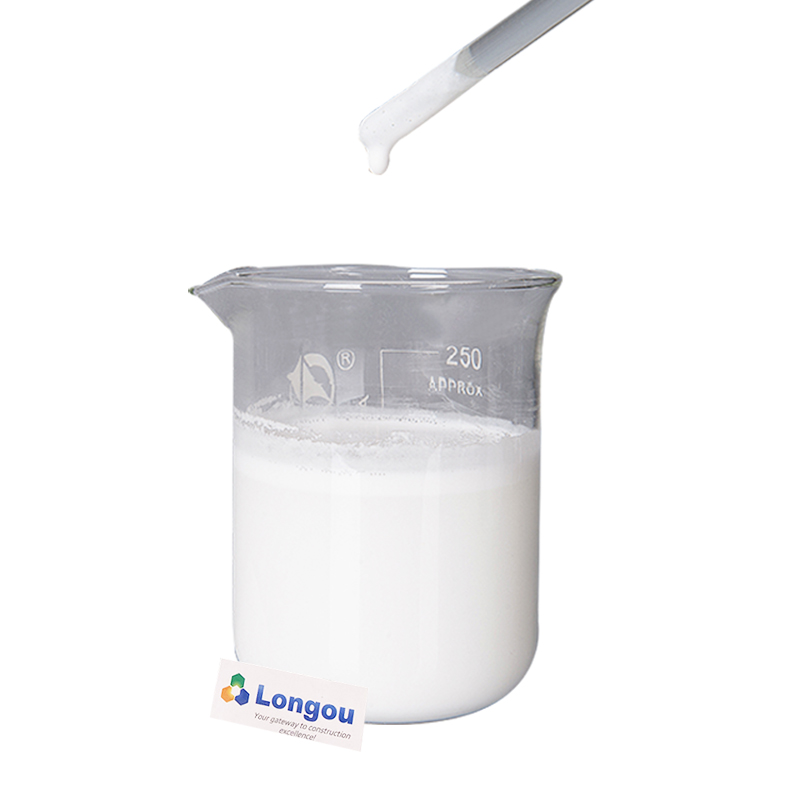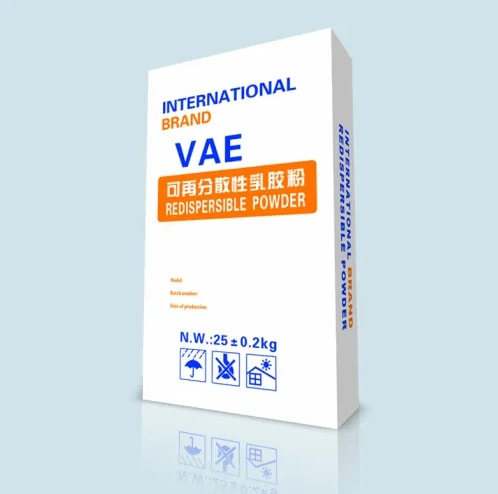Is Activated Alumina Safe to Use? Exploring the Benefits and Potential Risks
Activated alumina is a widely used material in various industries, including water treatment, gas purification, and catalyst production. It is important for users to understand the safety aspects associated with its usage. In this article, we will delve into the topic of activated alumina, exploring its safety profile, benefits, and potential risks. By the end, you will have a comprehensive understanding of whether activated alumina is safe to use.
What is Activated Alumina?
Activated alumina is a porous form of aluminum oxide that undergoes a specialized activation process, resulting in a highly absorbent material with a large surface area. Its unique properties make it effective in various applications, such as drying gases, removing impurities from water, and catalyzing chemical reactions.
The Benefits of Activated Alumina:
a. Water Treatment: Activated alumina is commonly used in water treatment processes to remove contaminants like fluoride, arsenic, and selenium. Its high surface area allows for efficient adsorption, effectively reducing the levels of harmful substances in water.
b. Gas Purification: Due to its ability to adsorb moisture and certain gases, activated alumina finds applications in gas drying and purification processes. It helps remove impurities such as water vapor, carbon dioxide, and sulfur compounds, making it essential in industries such as natural gas processing and air separation.
c. Catalyst Support: Activated alumina acts as a catalyst support material, providing a large surface area for chemical reactions. It is commonly used in catalytic processes like hydrogenation, dehydration, and isomerization in industries such as petrochemicals and refining.
Safety Considerations:
a. Physical Safety: Activated alumina is generally safe to handle, but it is recommended to follow standard safety practices, such as wearing gloves and protective eyewear, when working with it in powder form. Avoid inhaling the dust and ensure adequate ventilation in the working area.
b. Chemical Safety: Activated alumina is chemically stable and does not pose significant risks under normal usage conditions. However, prolonged exposure to strong acids or alkalis can cause it to degrade, potentially releasing hazardous substances. It is important to handle activated alumina appropriately and avoid contact with incompatible chemicals.
c. Dust Hazards: Like many powdered materials, excessive inhalation of activated alumina dust can irritate the respiratory system. It is advisable to minimize dust generation and wear respiratory protection when working with fine powders. Proper ventilation and dust control measures should be implemented to ensure a safe working environment.
Additional resources:Unraveling the Applications and Significance of C3F6 Industrial Gas
Revolutionizing Cancer Treatment: Unveiling the Promising Applications of PROTACs
Is liquid adhesive strong?
THE POWER OF VITAMIN C: A COMPREHENSIVE GUIDE TO ITS BENEFITS
What Does Praziquantel Treat in Animals?
What is the difference between phenacetin and paracetamol?
What Materials Won't Adhesive Stick To?
Industry Standards and Regulations:
a. Drinking Water: Activated alumina used in drinking water treatment must comply with regulatory standards. In the United States, the U.S. Environmental Protection Agency (EPA) sets maximum contaminant levels and treatment techniques for various substances. Activated alumina manufacturers typically provide product certifications and compliance information to ensure safe usage.
b. Occupational Safety: Workplace safety regulations, such as those issued by the Occupational Safety and Health Administration (OSHA), provide guidelines for handling and exposure limits of substances, including activated alumina. Employers should adhere to these regulations and provide appropriate training to employees.
Expert Opinions and Research Findings:
a. The World Health Organization (WHO) recognizes activated alumina as an effective method for fluoride removal in drinking water treatment.
b. Research studies have shown that activated alumina can effectively reduce arsenic levels in contaminated water sources.
c. A study published in the Journal of Hazardous Materials found that activated alumina-based adsorbents are capable of removing selenium from wastewater.
Conclusion:
Activated alumina is a versatile material with various industrial applications, particularly in water treatment, gas purification, and catal
YAMTOP is one of the leading activated alumina suppliers. If you're looking for activated alumina for your business or project, please don't hesitate to contact us.
Additional resources:What Are the Benefits of Tributyrin?
What is D-glucose monohydrate used for?
What does PP stand for in stickers?
What is Alkali-Resistant Fiberglass Mesh?
Questions about You Should Know about HPMC
The 3¢ Sticker - Make a Vinyl DIY Sticker - Instructables
1000pcs Custom Stickers Personalized Business Text ...



